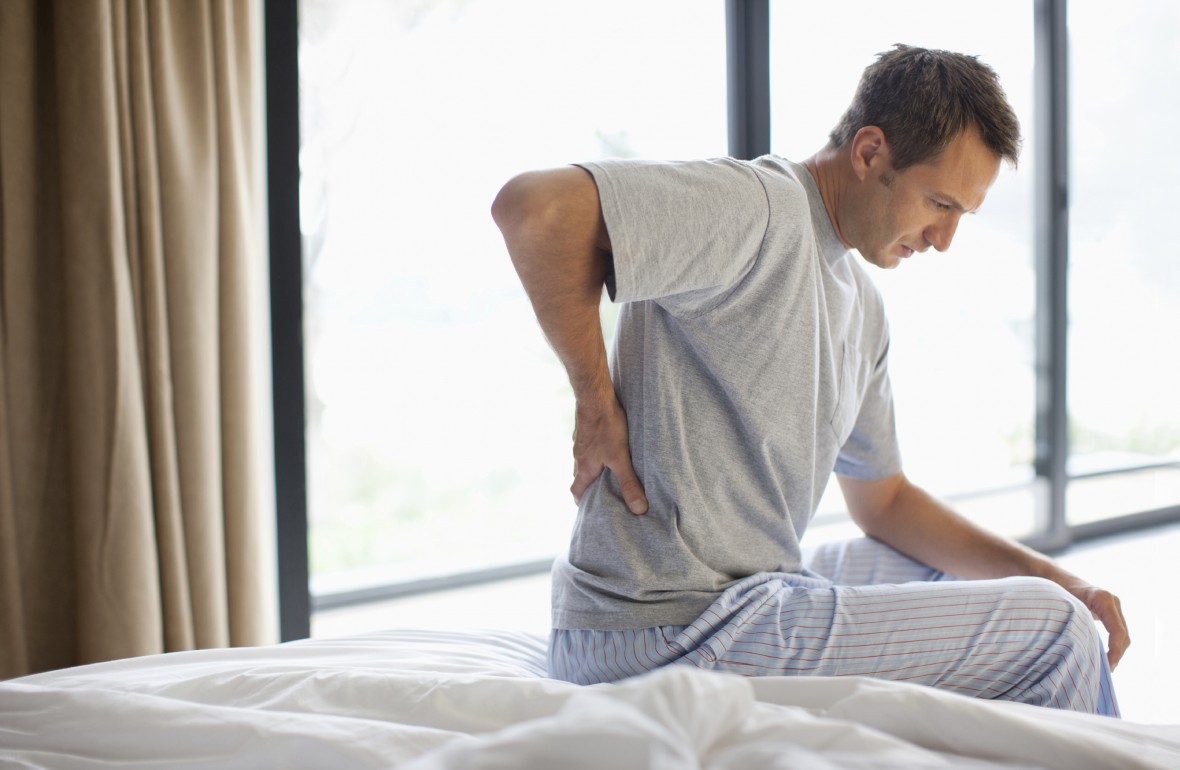Part 2
* Herniation of Intervertebral Disc
We all have discs that act as cushions between our spinal bones. These discs are made up of an outer annulus fibrosus, which surrounds the inner nucleus pulposus.
In one instance of a herniation of the intervertebral disc, there is a tear in the annulus fibrosis and the nucleus pulposis is no longer fully protected. Most of the time when the intervertebral disc is herniated it is titled to the left or right. When the herniation is to the left the pulp compresses the left side of the nerve generating pain on the left side of the lower body and does the same to the right when the herniation is to the right.
Pain is not limited to the waist area, however. Frequently, there is accompanying pain in the sacrum, hips, posterior thigh, toes, etc. The pain is a result of inflammation and compression of the nerve.
In the case of a bulging disc, the symptoms and treatments are very similar to those of a herniation of the intervertebral disc (herniation of vertebral pulp). However, the nerve is compressed not by a herniated pulp but by the protrusion of the entire disc itself.
The DDS Decompression Belt is the perfect tool to help those with these indications. Our Decompression Belt has been proven to relieve pain, sometimes as quickly as within the first 20 minutes upon application. Spinal traction is created as the brace is inflated. The vertical air cell expansion mechanism decreases the axial loading while increasing the intervertebral disc space by anchoring up underneath the rib cage pushing upwards, and down against the pelvic girdle pushing downwards. This action stretches the torso vertically, diverting the weight bearing forces away from the discs and reducing the pressure within the lumbar spine region, significantly reducing pain levels while assisting active-rehabilitation.

For more information please visit our website: www.DDSbelt.com or www. DiscDiseaseSolutions.com
